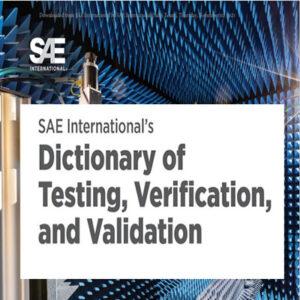Product Testing and Verification: Power of Disproving Hypotheses
Introduction to Product Testing and Verification
In today’s competitive market, product testing plays a pivotal role in ensuring product quality, safety, and user satisfaction. This process not only validates the product’s functionality but also exposes any hidden flaws, giving businesses confidence before launch. A critical part of product testing is hypothesis verification, a scientific method that assesses whether a product meets its intended purpose. When done effectively, product testing goes beyond simple validation; it harnesses the powerful insight of disproving hypotheses to reveal real-world applications and potential issues.
The Importance of Hypothesis
In product testing, a hypothesis provides a basis for testing and evaluation. By formulating a hypothesis around a product’s performance, companies can create structured experiments to confirm or disprove expectations. For example, a manufacturer of a new waterproof smartphone may hypothesize that the device can withstand submersion for up to 30 minutes. Testing this claim either validates the hypothesis or reveals weaknesses, leading to better-informed decisions about the product’s limitations or improvements.
Proving vs. Disproving Hypotheses
While product testing often emphasizes proving a hypothesis, disproving can be even more powerful. Proving a hypothesis may confirm assumptions, but disproving uncovers potential flaws that might otherwise remain hidden. This process ultimately strengthens the product, pushing it to perform beyond initial expectations.
Disproving Hypotheses: When a hypothesis is disproved, it provides invaluable information for product improvement. In the waterproof smartphone example, if the device fails the water-resistance test, the development team gains insight into which components need strengthening, ultimately making the product more durable and reliable.
The Power of Disproving in Product Verification
Disproving hypotheses carries a unique advantage in product testing and verification. It forces product developers to confront and resolve issues, fostering a more robust product design. In the context of safety-critical industries, such as automotive or healthcare, disproving hypotheses can save lives and prevent costly recalls.
Product verification benefits immensely from a disproving mindset. When companies proactively seek to disprove performance claims, they better understand a product’s limitations, strengthening it before it reaches consumers.
The Impact of Confirmation Bias
Confirmation bias can occur when testers seek evidence only to support the hypothesis, overlooking conflicting information. This bias may result in products that appear to meet standards but contain hidden issues. For example, if testers believe that a car’s braking system is foolproof, they may unintentionally ignore data suggesting the contrary, putting drivers at risk.
Testers should adopt a skeptical approach to mitigate confirmation bias, seeking evidence to disprove rather than confirm the hypothesis. By actively searching for counter-evidence, testers make more objective and informed evaluations, ensuring a safer, higher-quality product.
Best Practices to Avoid Confirmation Bias in Product Testing
Avoiding confirmation bias requires discipline and a structured approach. Here are some best practices:
- Blind Testing: When possible, separate the testing team from product development to prevent bias.
- Multiple Testing Scenarios: Design varied tests to capture different perspectives and unforeseen issues.
- No Single Approach: Use more than one approach, for example, requirements testing, to explore the product.
- Document Results Rigorously: Detailed documentation reduces subjective interpretation, providing clear evidence of product performance.
- Iterate and Improve: Use failures as opportunities to improve and iteratively test to build a more robust product.
Embracing Disproving as a Product Testing Strategy
When guided by a balanced approach to proving and disproving hypotheses, yields stronger, more reliable products. The process of disproving, in particular, uncovers weaknesses, helping companies to build better, safer products that withstand real-world conditions. By recognizing and mitigating confirmation bias, product testing becomes a powerful tool for innovation, leading to products that meet and exceed customer expectations.
Companies can develop innovative, dependable products that stand the test of time by integrating disproving into the product testing strategy and actively avoiding confirmation bias.
For more information, contact us
Follow us on social media at:
Amazon Author Central https://www.amazon.com/-/e/B002A56N5E
LinkedIn: https://www.linkedin.com/in/jonmquigley/


